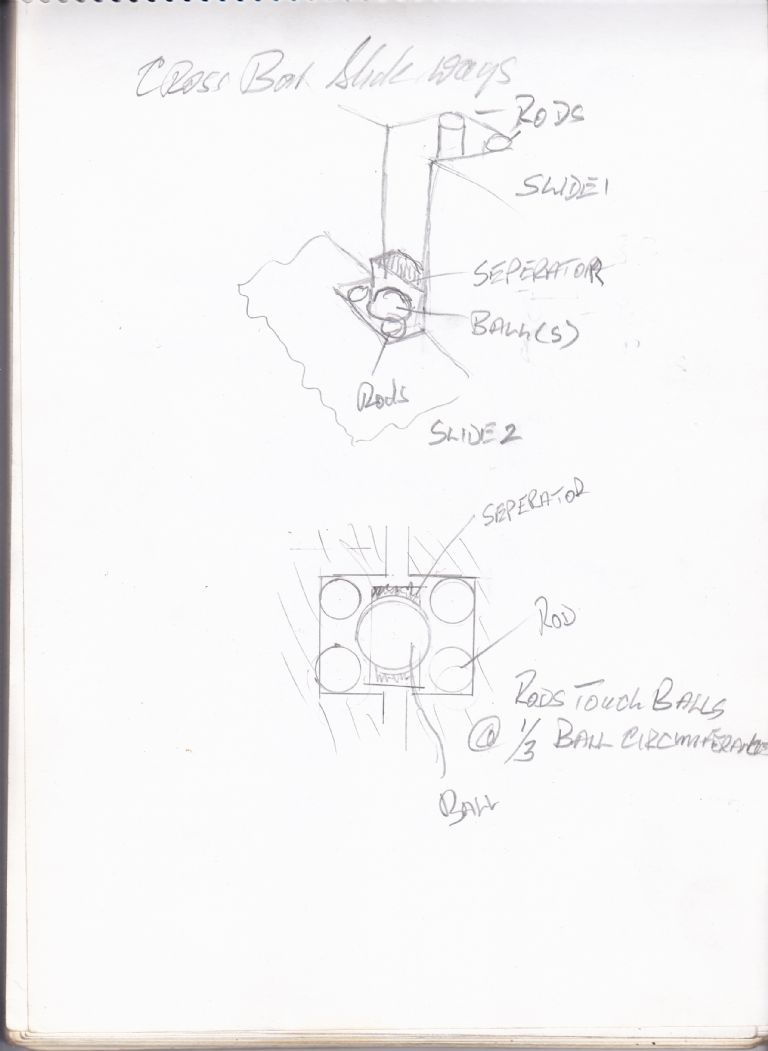Ah,thanks for inputs on piezo. The one I vaguely remembered was long travel and as I remember it the piezo gave a small twitch which was then” anchored” in some way ,then another small twitch ,anchor again and so on.
Using stepper type waveforms one could presumably fairly quickly do quite a long traverse. Maybe two piezo crystals were involved , twitching and “anchoring ” in turn. Problem is it would lose precision with many” twitch and anchor” sequences as any error per step would be accumulative although the error as a percentage of travel would remain constant.
Anyway I feel quite a warm glow knowing ,thanks to your inputs, piezo materials are used for precision movement of microscope stages.
As a matter of interest one of those gadgets that cuts microscopically thin slivers of specimens for microscope viewing ( I can never remember the somewhat illogical name of the damned things,its a sort of precision bacon slicer-you know what I mean ah-its coming back to me a microtome ? ) also has a very precise and small incremental movement ,
The one I salvaged from the local university’s skip achieves this with a very fine and precise screw thread with zero or very little backlash ). One of these days I’m going to convert it to a device for slicing quarks off hadrons ,or at least electrons off atoms. Then I’ll be famous and as I intend to start with a fairly beefy atom, slicing one proton and one electron off the one up from gold, quite rich too.
. Regards
Edited By alan frost on 15/07/2011 01:37:43
Edited By alan frost on 15/07/2011 01:40:05
alan frost.





 .
.



